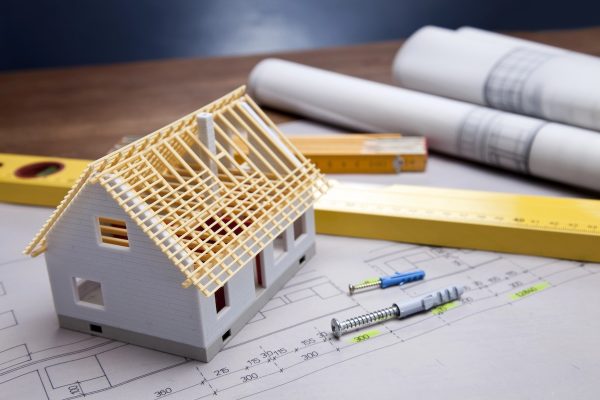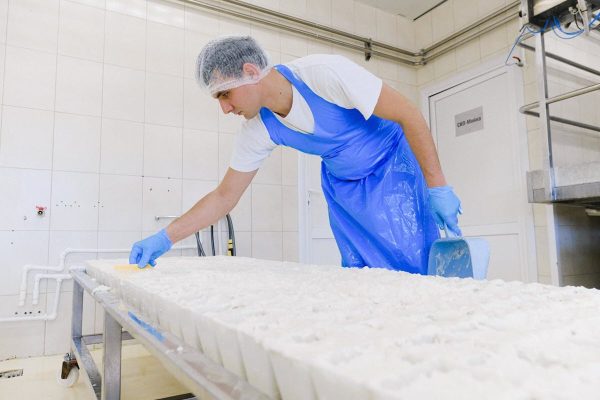Optimizing Efficiency With Lean in Your Practice

Estimated reading time: 3 minutes
Table of contents
Time is more precious than gold, making efficiency in our professional lives like a modern-day gold rush. Enter lean methodology, a beacon of hope for those seeking to streamline operations without cutting corners. However, it must be implemented without becoming just another mundane workday routine. To successfully employ it requires skillful combining of lean principles with creativity.
Lean Philosophy Is More Than Simply Cutting Fat
Lean methodology was initially created within the manufacturing industry to reduce waste (anything that doesn’t add value for customers) without drastic cost-cutting measures. Think of Lean as decluttering your professional closet: getting rid of tasks that no longer add any benefit while making room for processes as sleek and effective as a well-tailored suit.
Identifying Your Value Stream And What Really Matters
To start out right, you must determine your value stream. This involves mapping all of your activities from beginning to end and identifying which ones directly contribute to delivering value to clients or stakeholders. Planning this way allows for maximum efficiency, and detours that lead you off course can quickly waste your time. The goal here should not only be identifying time-wasters but also understanding why they persist so you can redirect energy more productively.
Streamlining Clinical Workflow
Within mental health and therapy practices, using software tailored specifically to therapy practices represents an integral element of applying lean principles. Software like this automates administrative tasks, from scheduling appointments to billing management, allowing practitioners to focus more on client care than paperwork. Digital transition not only reduces time and resource waste but also enhances the quality of care by providing more accurate client records and easier access to historical data. When combined with therapy practice software, lean practices ensure every action adds value for clients without jeopardizing quality relationships or relationships within therapy practices.
Pursuing Perfection is The Lean Methodology of Continuous Improvement
The lean methodology isn’t an all-or-nothing proposition. It involves ongoing improvements known as Kaizen in Japanese. Kaizen works similarly to leveling up in video games. Each stage becomes increasingly challenging while rewarding you with new abilities or tools. Applied professionally, Kaizen involves constantly reevaluating and tweaking processes over time until they become more efficient. Celebrating small victories while learning from setbacks rather than striving towards an unachievable ideal of perfection.
Cultivating a Lean Culture
Implementing lean is about more than changing processes. It’s also about cultivating an environment that embraces change and continuous improvement. To do so successfully requires open communication and collaboration. Encouraging sharing their successes and failures as learning experiences rather than finger-pointing can go a long way toward making this experience enjoyable.
Conclusion
Implementing lean into your practice doesn’t have to mean drastically cutting operations down. It should focus on shaping processes to enhance value while eliminating waste. Lean is a philosophy that, when implemented with creativity, can transform how you work. Lean isn’t just a set of tools but rather an attitude and when implemented with enthusiasm, it will bring both efficiency and job satisfaction together in an inspiring journey forward. Apply it boldly into your practice with spirit and see efficiency soar.








